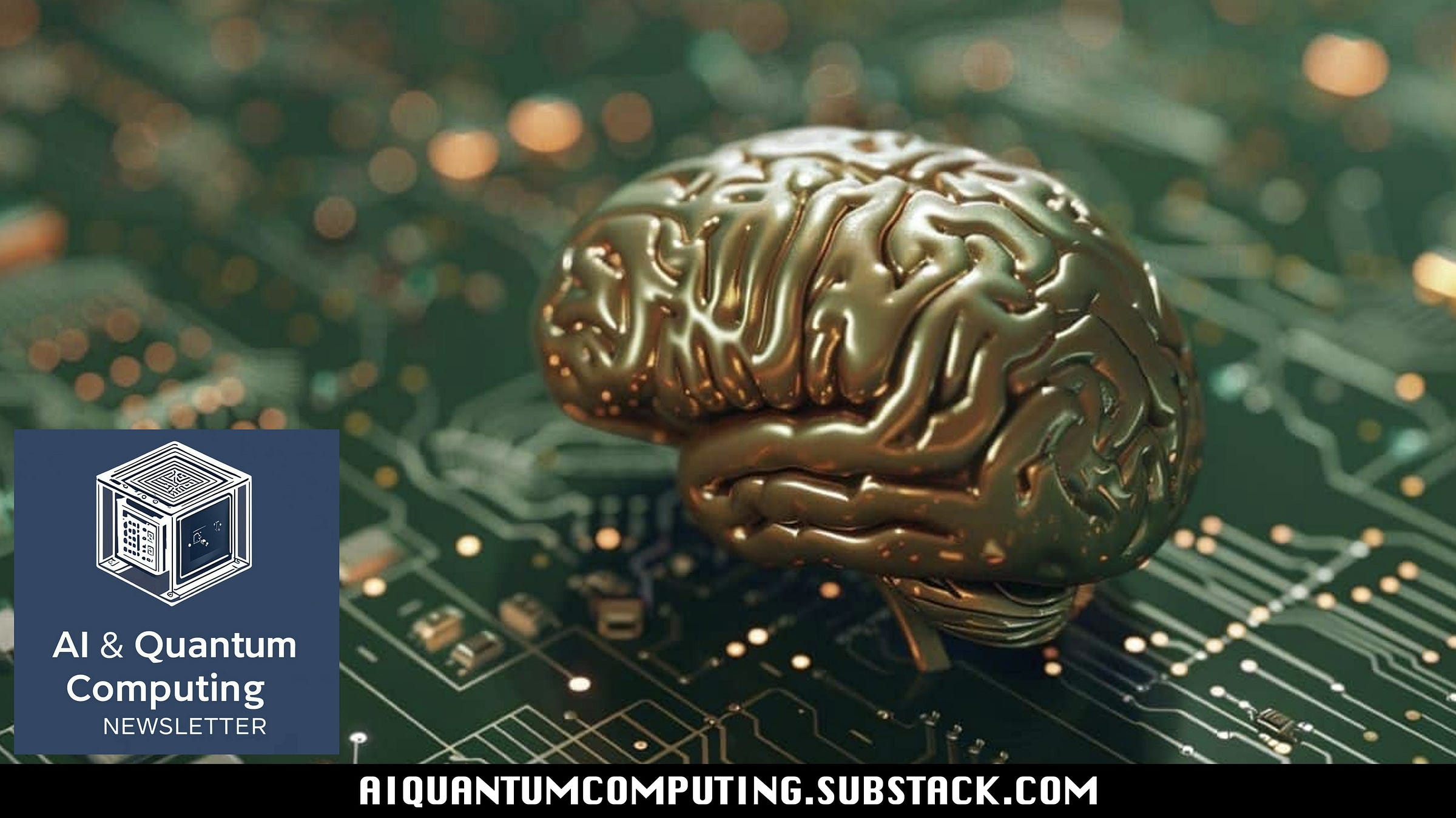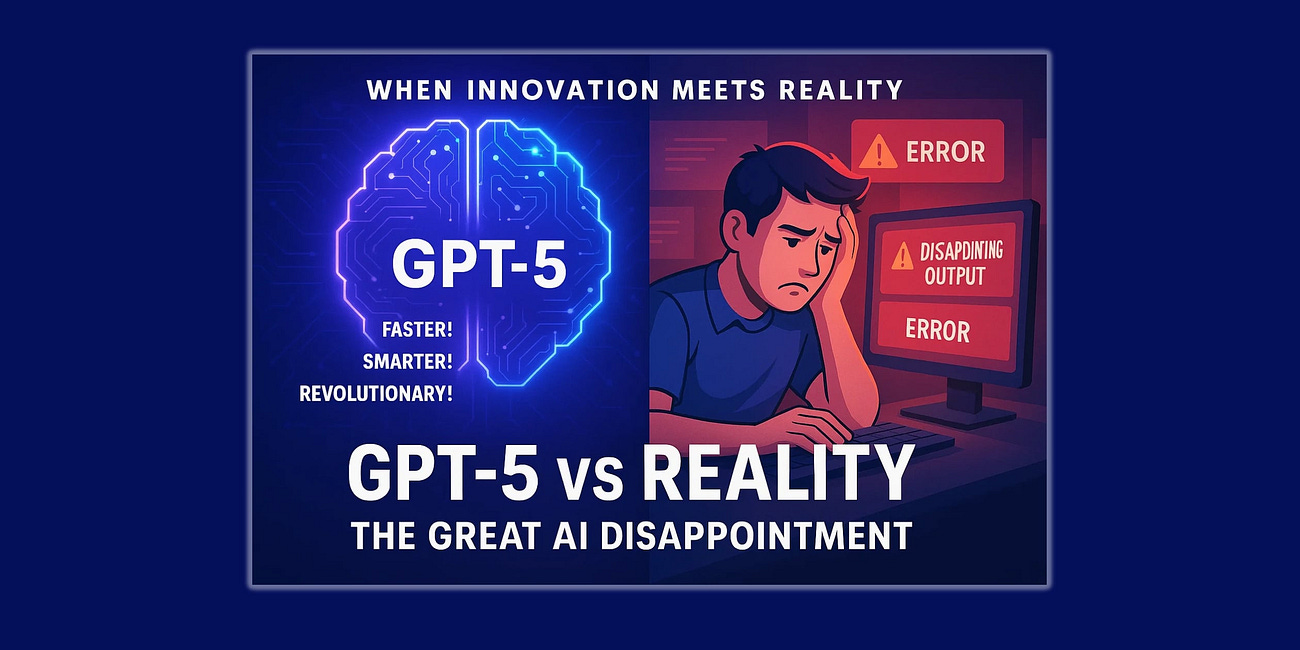Beyond Brute Force: This Brain-Inspired AI Could Change Everything.
Does the future of AI lie in an escalation of brute force, or in the search for more elegant, bio-inspired architectures?
Here is a piece of news that could mark a significant turning point in the relentless pursuit of artificial intelligence. While tech giants compete with ever-larger models that are increasingly hungry for data and energy, a Singaporean startup, Sapient, has just upended the game. Its approach, dubbed HRM (Hierarchical Reasoning Model), does more than improve existing performance; it proposes a new way of thinking about the very architecture of artificial thought by more faithfully mimicking the human brain. The initial results are astounding and suggest that we may be on the cusp of a revolution, bringing us closer to the coveted Artificial General Intelligence (AGI) faster than anticipated.
Bitcoin Core Vs. Bitcoin Knots: The Silent Duel of the Code's Guardians.
Their difference lies not in the rules of the game, but in the policy they apply around those rules.
The Age of Titans and Its Hidden Costs
Since the advent of models like GPT-3, we have been living in the age of AI titans. OpenAI, Google, Anthropic, and others have engaged in a race of excess, where power seems directly correlated with size. Until now, the principle appeared simple: more data and more computational parameters to obtain more relevant, creative, and human-like responses. Names like GPT-4, Gemini, and Claude have become synonymous with an artificial intelligence of almost magical capabilities, able to write essays, code complex applications, or compose poetry.
However, this race for brute force comes at an exorbitant cost. First, there is an energy and environmental cost. Training these colossal models requires server farms that consume as much electricity as small cities. We’re talking about billions of parameters—with estimates for the future GPT-5 suggesting figures between 3 and 5 trillion—that must be adjusted by analyzing gigantic portions of the internet. It’s a veritable ocean of data, with all its biases, errors, and redundancies, that must be ingested and processed.
Then, there is a conceptual cost. Despite their prowess, these “traditional” AIs are based on Transformer architectures that are, fundamentally, geniuses of statistical prediction. They excel at guessing the next word in a sentence based on learned patterns. But when it comes to pure reasoning, adapting to radically new problems, or formal logic, they show their limits. They can “hallucinate,” inventing facts with confidence, or get lost in a multi-step reasoning process, much like a student reciting a lesson by heart without understanding its substance. This approach, though effective, is a far cry from the elegance and efficiency of the human brain, which doesn’t review billions of examples to decide how to make a cup of tea. It is into this gap that Sapient’s innovation steps.
The Brain as the Ultimate Blueprint: The Revolutionary HRM Approach
What if, instead of building ever-taller cathedrals of computation, we took a more humble inspiration from the three-pound organ residing between our ears? This is the bet made by the team behind the Hierarchical Reasoning Model. The central idea is to mimic the way our brain prioritizes information and reasoning. We do not tackle all problems at the same level. When faced with a complex task, we begin with an abstraction, a general plan, before diving into the details of execution.
Think about planning a trip. Your brain doesn’t start by calculating the exact mileage to the airport. It begins with the abstract concept: “I want to go to Rome for a week in May.” This is the planning and abstraction phase. Once this framework is established, another system takes over for the concrete and rapid tasks: comparing flights, booking a hotel, checking the weather, and packing a suitcase. This is the execution and refinement phase.
The HRM model is built precisely on this duality. It consists of two main modules that collaborate continuously:
A Planning and Abstraction Module: This is the system’s “slow thinker.” It analyzes the problem as a whole, breaks the task down into logical sub-goals, and establishes a strategy. It doesn't concern itself with fine details but with the overall structure of the reasoning.
An Execution and Calculation Module: This is the “fast thinker.” Once the strategy is defined by the first module, this one gets to work performing calculations, manipulating data, and refining the details to produce the final solution.
This architecture allows for “compressing thought” into a few key steps, avoiding the sometimes laborious and linear process of current models. The latter often uses a method called “Chain-of-Thought” (CoT), where the AI “talks” to itself, breaking down a task into a long series of small steps. While this method has improved reasoning, it remains slow, resource-intensive, and can sometimes lead the AI to get lost in a maze of unnecessary micro-tasks. The HRM approach, in contrast, is both more direct and more powerful because it separates strategy from tactics, just as a human brain would.
Radical Efficiency: When Less Becomes More
This is where Sapient’s approach becomes truly disruptive. By imitating the structure of human reasoning, the HRM not only achieves better performance but does so with a fraction of the resources required by today's behemoths. The figures presented are so spectacular that they almost seem unreal.
While future models like GPT-5 might require up to 5 trillion parameters, the HRM system demonstrates comparable capabilities with only 27 million parameters. This isn’t just an improvement; it’s a change of scale of several orders of magnitude. To put it in perspective, it’s like comparing the logistics required to build a pyramid to those needed for a modern, efficient house.
This lightness has profound consequences:
Drastically reduced energy and financial costs: Gone is the need for gargantuan supercomputers. Cutting-edge AI could run on much more modest servers, or perhaps one day on local devices like smartphones or laptops.
A democratization of AI: The development of state-of-the-art models would no longer be the exclusive domain of Big Tech and their colossal budgets. Smaller teams, universities, or startups could compete on a more level playing field.
Rapid training and adaptation: The HRM requires only a tiny training dataset. Researchers speak of about a thousand examples, where current LLMs demand billions. This means an HRM model can learn new concepts and adapt to new situations much more quickly and with unparalleled agility.
Benchmarks confirm this superiority. On the ARC-AGI test, designed to measure an AI's abstract reasoning capabilities (a key indicator of its proximity to AGI), the HRM outperforms the competition. On the first version of the test (ARC-AGI-1), HRM achieves a score of 40.3%, leaving models like ChatGPT o3-mini-high (34.5%) and Claude (21.2%) behind. On the more difficult version (ARC-AGI-2), the lead holds, with 5% for HRM compared to 3% for its closest competitor. These figures, while seemingly modest, represent significant advances in a field where every percentage point is a victory.
The Sudoku Challenge: A Glimpse of a Different Kind of Intelligence
To intuitively grasp the fundamental difference of the HRM, one example is particularly telling: solving Sudoku puzzles. Strangely, this task, which relies on pure constraint logic, proves to be an almost impossible challenge for today’s largest language models. An LLM may have memorized millions of solved puzzles and can recognize some, but it struggles to solve a new one from scratch through pure deduction. It will try to “predict” the numbers probabilistically, often violating the basic rules of the game because it doesn’t “understand” the underlying logic.
The HRM, on the other hand, solves Sudoku puzzles effortlessly. Its architecture is perfectly suited for this type of problem. The planning module analyzes the grid, identifies the global constraints (“only one digit from 1 to 9 per row, column, and square”), and develops a solving strategy. The execution module then applies this strategy, filling in the cells one by one in a deductive and rapid manner. It doesn’t guess; it reasons.
This ability is not just a party trick. It demonstrates that the HRM doesn’t merely imitate human intelligence by manipulating language; it is beginning to simulate its fundamental mechanisms of logical reasoning and abstraction. And it is precisely this capability that is considered the cornerstone of Artificial General Intelligence—an AI that can understand, learn, and apply its intelligence to solve any problem, just like a human being.
The Missing Piece on the Path to AGI?
The advent of the HRM model raises a fundamental question: Does the future of AI lie in an escalation of brute force, or in the search for more elegant, bio-inspired architectures? Sapient’s proposal strongly suggests that the second path is not only viable but potentially much more promising.
By focusing on the hierarchy of reasoning rather than the size of the data, the HRM opens up breathtaking possibilities. It promises a more efficient, agile, democratic, and, above all, a more genuinely intelligent AI that is closer to a true understanding of the world. If these results are confirmed and this technology spreads, it could well signal the end of the era of bloated, energy-guzzling models.
We are only at the beginning, but the Hierarchical Reasoning Model could very well be the breakthrough innovation that was missing from the AGI puzzle. It’s a piece that reminds us that to create a truly superior intelligence, our best model remains, and perhaps always will be, the formidable complexity and astounding efficiency of the human brain. The revolution may already be underway, and it began not with a deafening roar, but with the quiet elegance of a brilliant idea.
The AI Oracle Has Spoken: Andrew Ng's 5 Predictions That Will Mint the Next Generation of Millionaires.
When Andrew Ng makes a prediction, the world of technology holds its breath. This isn’t just another pundit shouting into the void. This is the man who saw the Deep Learning revolution coming in 2008, long before it became a household term. He anticipated the online education boom
Is OpenAI's $100 Billion Valuation Built on Sand?
The noise was deafening. The promise, almost messianic. In the grand theater of Silicon Valley, where every announcement must be an earthquake, Sam Altman, the high priest of OpenAI, brought out the heavy artillery. A single image posted on X: the Death Star, the planet-destroying weapon of the Galactic Empire. The message, in its sublime arrogance, was…
The iPhone’s Architects Are Fixing Bitcoin's Biggest Problem: Inside Proto's $100 Million Bet to Remake an Industry.
Proto's innovation has the potential to reshape the very topology of the Bitcoin network.






Gotta ask the obvious: When can I get my hands on Sapient?😀